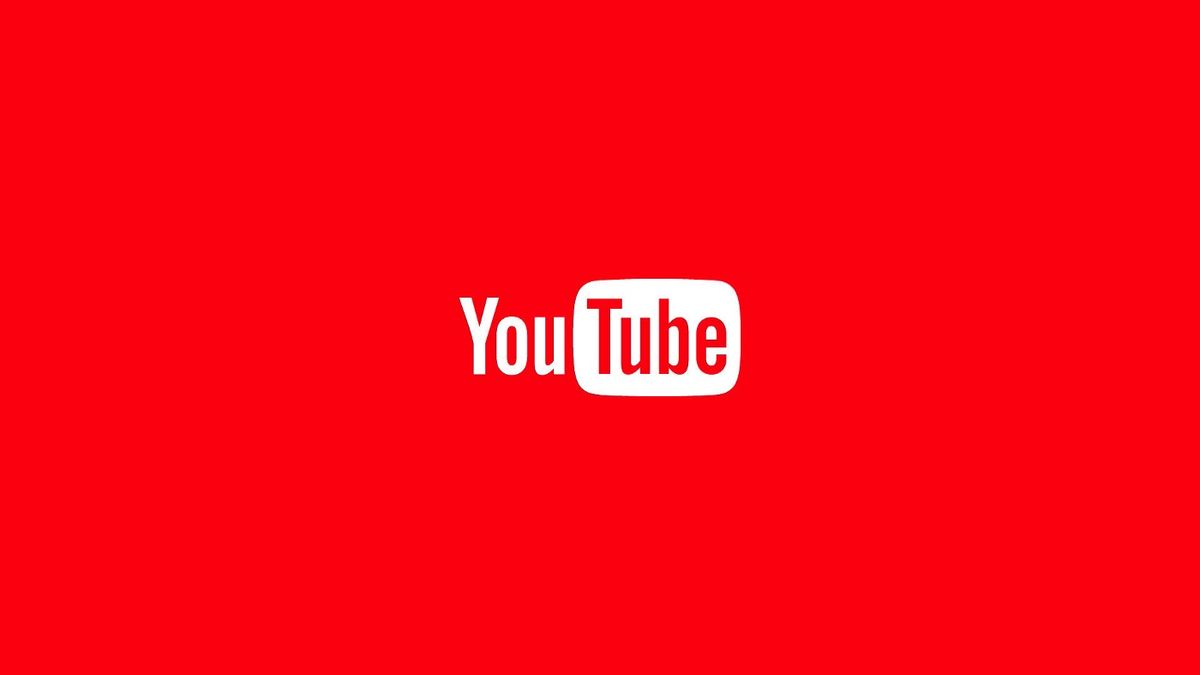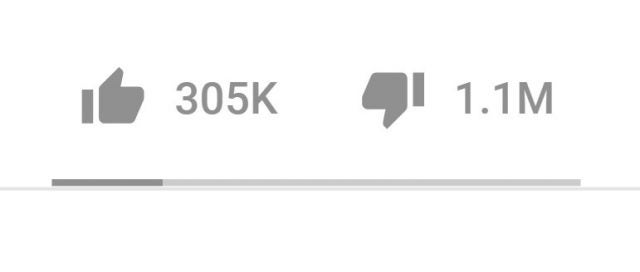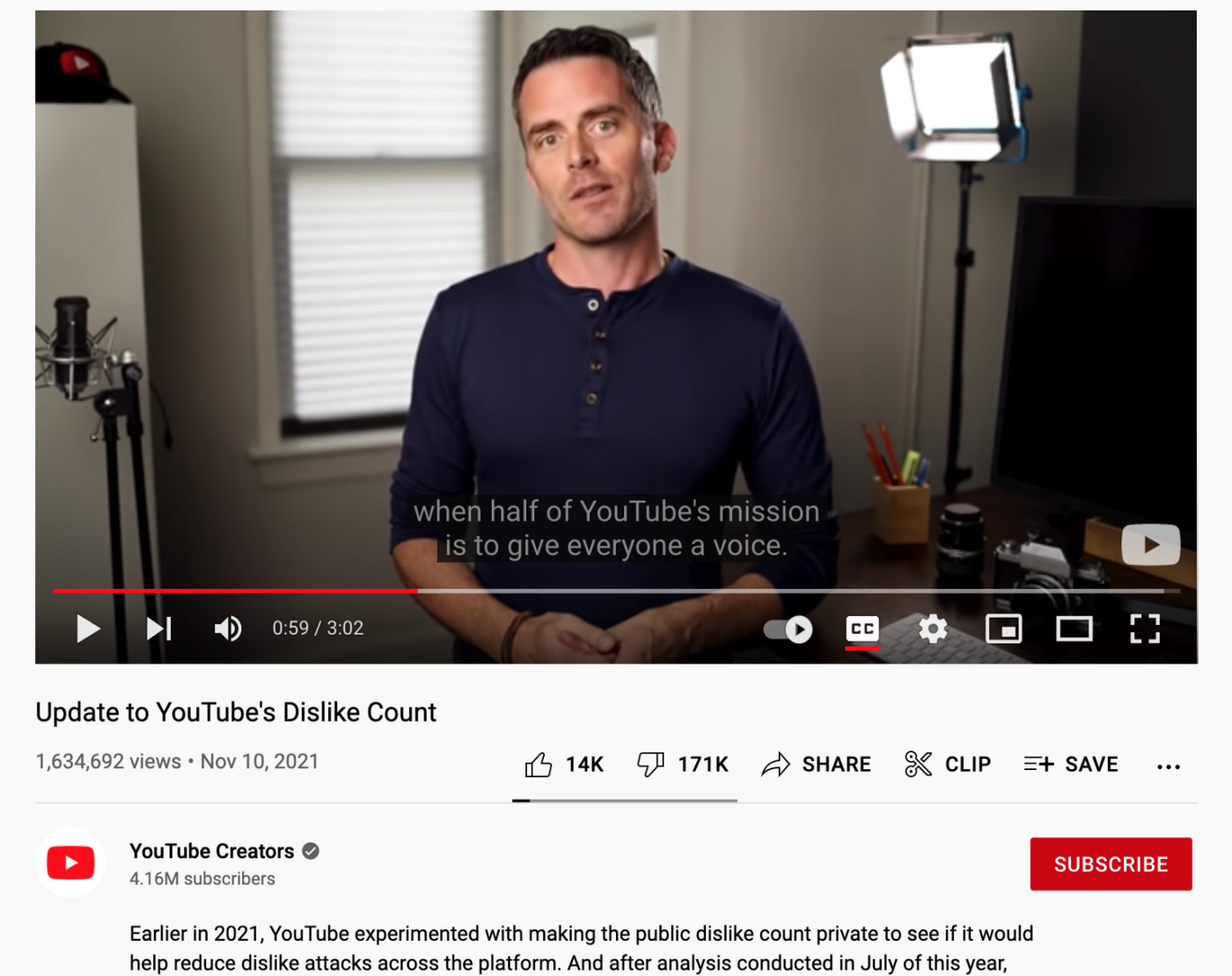YouTube Removed Dislike Count

On Nov 10, 2021, YouTube stated that it will remove the dislike count on the platform till the end of this year. This decision aims to improve user experience and make YouTube a better place for content creators and viewers.

In this article, I want to analyze this decision, identify a few UX problems that it caused, and a solution for the problems.
How people evaluate the quality of video
When people evaluate YouTube videos, they typically consider the following information:
- The ratio of likes vs. dislikes;
- Total number of views;
This informations work together to give me insights about the video.

When YouTube removed dislike count, they introduced four problems:
1. Likes count alone don’t say much to users
Not the total of likes or dislikes is important, but the like/dislike ratio because it helps users frame their expectations for the video. Users can understand what other people think about the video in general before watching it. Likes/dislikes count saves the user time.
For example, the most disliked video on YouTube of 2016 (a trailer of the movie Ghostbusters) now features 322k likes. What does this number say to the average YouTube user? Nothing.

2. Longer user sessions with less user value
Without dislike count, users have to spend more time watching a video or reading the comment section to understand what other people think about the video. “The more time the user spends in app, the better” is a motto of many business owners. But does it bring more value to users? No. Users can spend time watching the video to realize that it’s bad and they’ve just wasted minutes of their life on something that didn’t worth it.
3. Made it more challenging for users to separate good videos from bad videos
Suppose you’re looking for a video tutorial on fixing your computer. You found two videos with almost the same number of views (100k views) and likes (i.e., 1k likes). You decided to follow the advice mentioned in the first video but found that this tutorial had severe issues and you broke your computer. If you saw that the first video got 10k dislikes, you will immediately avoided it. It is just one obvious example, but here are a couple of less obvious:
- It becomes harder to separate clickbait videos from videos that provide value to a target audience.
- It becomes harder to separate fake information from trustworthy information. Just imagine how much harm a video that spreads misinformation about health can cause.
4. Users are less motivated to click on dislike
The fact that users can see the dislike button in UI doesn’t mean that they will use it.
Since dislike count is hidden for viewers and only visible to the author of the video, users don’t have much motivation to click the dislike button. “Why should I click the dislike button if this doesn’t make any change?” As a result, this feature (dislike button) becomes useless for the target users, and this creates a massive problem for content creators because they won’t receive accurate feedback from their audience. Only a fraction of users will click on dislike.
The fundamental problem of removing dislike count
YouTube removed dislike count primarily to beat internet trolls (i.e., dislike attacking behavior) and create a more positive experience for content creators and viewers. Internet is a place where everyone can share their opinion, and unfortunately, content creators often suffer from negative feedback.
But the way YouTube aims to solve this problem is wrong.
Dislike count is about voice.
By limiting feedback channels, YouTube simply limits the feedback that content creators will receive. And feedback promotes personal and professional growth.

If a company wants to solve the problem of trolls, it should establish intelligent mechanisms of user behavior analysis that allow filtering offensive/pointless feedback on the fly. For example, there is no need to consider feedback from a person that intentionally disliked a video without even watching it.